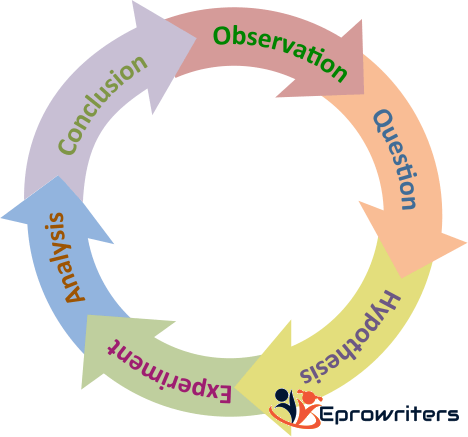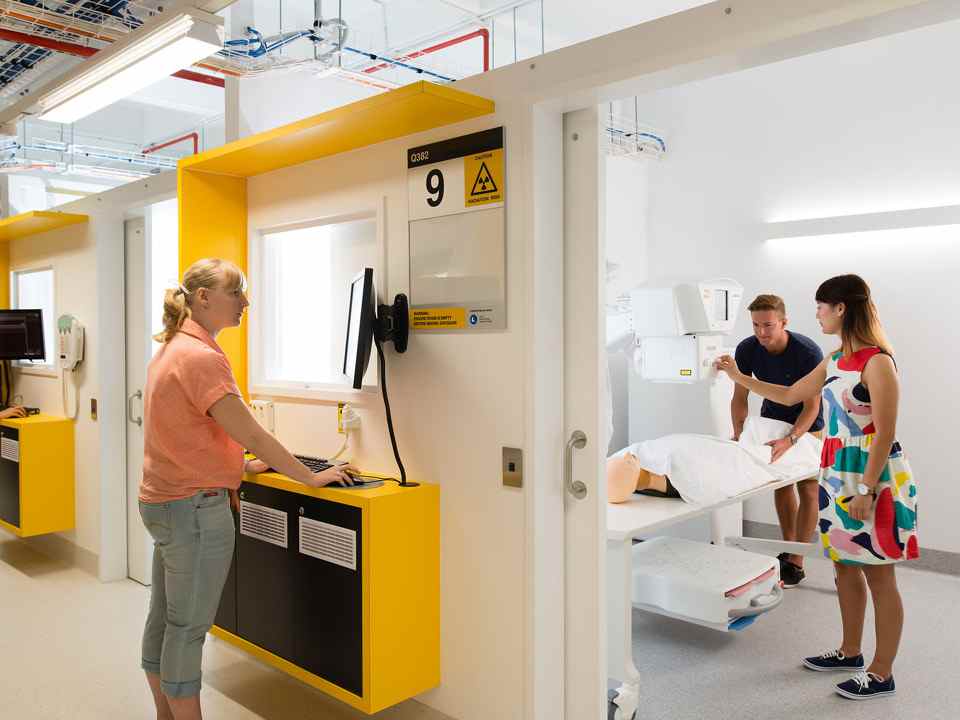- Top Quality Custom Essays
- +1 (628) 201-7932
- eprowriters01@gmail.com
Tim is a registered nurse working in a busy tertiary general hospital
Tim is a registered nurse working in a busy tertiary general hospital

Last updated on January 10th, 2025 at 05:52 am
Tim is a registered nurse working in a busy tertiary general hospital in Western Australia. As part of Tim’s patient load, he will often care for consumers diagnosed with mental illness or admitted with both physical and mental health issues. Tim knows that physical illness and mental illness can be linked and will always ensure he provides holistic nursing care to all his patients.
Introduction
Mental health is a broad term referring to a person’s state of wellbeing in which the person attains his or her potential, effectively cope with usual stress of life, function fruitfully, and can contribute to the community (Government of Western Australia, 2019). Good mental health thus refers to the sense of self-esteem, confidence and wellbeing which makes people benefit from and value others, the environment and life in general (Galderisi, Heinz, Kastrup, Beezhold, & Sartorius, 2015). Galderisi notes that the nursing process in the context of mental health involves comprehensive mental health assessment, person-centred interventions, biopsychosocial approach to care, and continuous assessment of treatment and recovery. This paper uses an unfolding case study to develop context when answering the five questions provided.
Question 1
Mental health promotion is a broad domain that includes the biopsychosocial and spiritual dimensions of the lifespan. Mental health and well-being are encompassed in all aspects of an individual’s life and must be addressed at many levels to ensure quality of life (physical and mental health) and social wellbeing. Discuss this statement and provide rationale for your answer
Tim acknowledges that mental health promotion is a vast realm that incorporates the spiritual and biopsychosocial dimensions of a person’s life. Therefore, he seeks always to provide care that is based on holistic and humanistic values, especially when working with patients with mental health problems. Holistic and humanistic values encompass compassionate care, person-centred approach, working to achieve recovery, treating people with respect and providing a safe environment (Saad, de Medeiros, & Mosini, 2017). Specifically, the responsibilities of nurses in mental health include advocating for patients and preventing suicide by being nonjudgmental and engaging the patient in their assessment, treatment planning and implementation (Benning, 2015). The biopsychosocial approach has revolutionised healthcare and resulted in a significantly compassionate and empathetic approach to practice (Saad, de Medeiros, & Mosini, 2017). Unlike the conventional biomedical approach to health, the biopsychosocial care model considers the biological, psychological, and social aspects that contribute to illness causation and treatment. It is founded on the perception that diseases don not affect isolated organs in the body but the person as a whole. Therefore, health professions like registered nurses (like Tim) should employ a holistic model concerning diseases and consider their relationship with patients as socially equal. The emotional characteristics, personality, environmental circumstances of the patient should be contextualised while providing care (Papadimitriou, 2017).
The application of the biopsychosocial approach is particularly important in the Australian context, given that approximately one in five Australians experience mental illness annually (Australian Institute of Health and Welfare [AIHW], 2019). The AIHW notes that about 45 per cent of Australians reports having experienced mental illness. Also, according to the AIHW, mental diseases are ranked among the leading contributors of burden associated with disability and are responsible for about 27 per cent of years lost due to ill-health. This shows how important Tim and other health professionals should always incorporate the biopsychosocial approach to practice. This approach posits that mental illnesses are caused by an interaction of components relating to a person’s biological, psychological, and social aspects of life (Davies & Roache, 2017). According to Davies and Roache (2017), the biopsychosocial model’s biological components consist of aspects related to a disease’s pathology and a person’s gender, age and genetics. The psychological elements include factors associated with activities, thoughts and emotions that accompany or affect the disease. The social features are the components that characterise the person’s family, culture, environment, and source of income that influence the presentation or experience of the disease. Owing to the nature of mental illnesses being caused by various interconnected factors, they should be addressed from these three levels to ensure physical and psychological health and social wellbeing. The biopsychosocial model uses a holistic perspective to diagnose and treat illnesses by including taking into account the biological, mental and social components associated with the disease (Davies & Roache, 2017).
Question 2
Discuss this statement and outline why a comprehensive mental health assessment is essential for…
References
1. Government of Western Australia. (2019). Mental Health Act 2014. Retrieved from https://www.mhc.wa.gov.au/about-us/acts-and-legislative-changes/mental-health-act-2014/
2. . . .
Need help with this or similar assignment?
- Tell Us Your Requirements: Please provide us with the specifics of your paper so that we may do our best to personalize it. Select the discipline, word count, format, academic level, and other details on the order form.
- Connect with the Best Writer: Consult and collaborate with an expert and complete your paper on schedule.
- Monitor the progress: Control the work process by checking the completed parts of your document right away. You can easily submit your comments by chatting with your essay writer on our website.
- Download Your Paper: Get your paper written according to your specifications. It is important to note that you only pay for an essay when you are completely satisfied with the outcome. Please provide us your feedback about our collaboration.
About Us
Eprowriters.com is a custom essay writing service that has been providing academic support with great success for more than five years. We are constantly updating our objectives in order to improve the quality of service we deliver and increase client satisfaction. We’ve progressed to an original concept as a result of our success.


